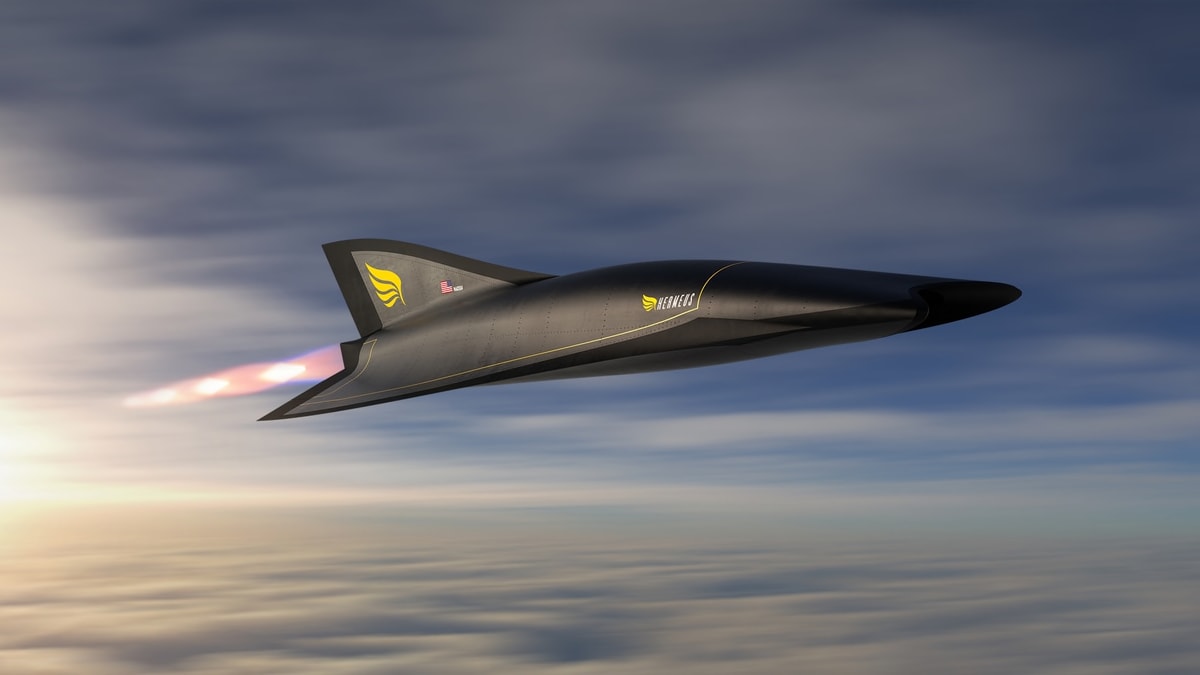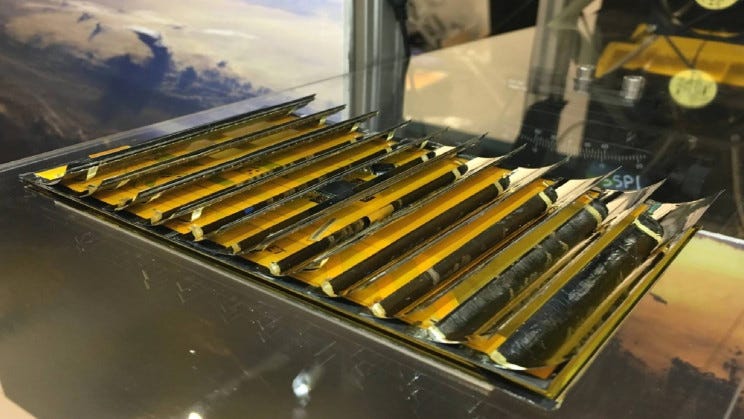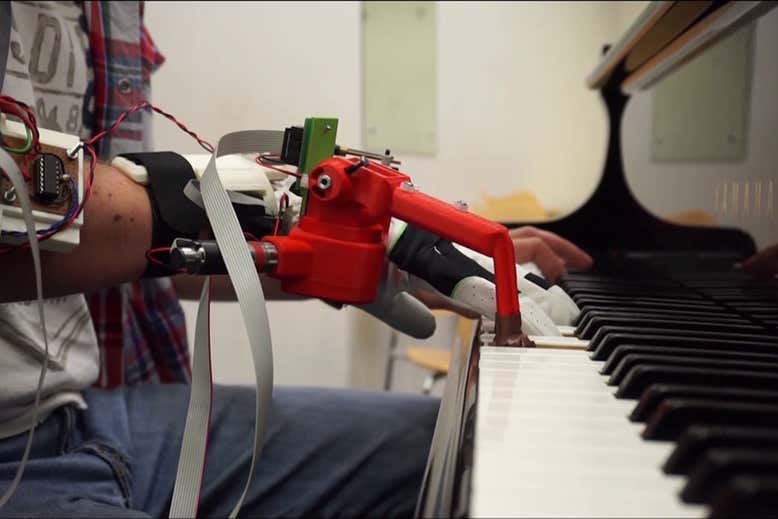Greetings,
Here’s your wrap of the latest technology, innovation, and finance news.
Robotics
MIT Technology Review reports that a new generation of AI-powered robots is taking over warehouses.
For now, somewhere around 2,000 AI-powered robots have been deployed, with a typical warehouse housing one or two, estimates Rian Whitton, who analyzes the industrial robotics market at ABI Research. But the industry has reached a new inflection point, and he predicts that each warehouse will soon house upwards of 10 robots, growing the total to tens of thousands within the next few years. “It’s being scaled up pretty quickly,” he says. “In part, it’s been accelerated by the pandemic.”
John Deere is paying $250 million to acquire Bear Flag Robotics, a Silicon Valley startup that makes fully autonomous tractors for farms. The startup raised $7.9 million in seed funding in January 2021.
“John Deere putting their stamp on this kind of fully autonomous technology means it’s really coming,” says George Kantor, a roboticist at Carnegie Mellon University who specializes in the use of robots in agriculture. He adds that autonomous tractors are especially important because the machines are used in so many different areas of farming.
Some tractors are already capable of following GPS-guided paths autonomously, but Bear Flag’s tech removes a person from the tractor cab entirely. The company has borrowed innovations developed and commoditized through the self-driving car industry. It uses lidar and computer vision not only to navigate but also to analyze the soil behind a tractor.
A White Castle southeast of Chicago has used a robot to make french fries for the past year and is now looking to roll it out to 10 more restaurants across the country.
An industrial robot arm sheathed in a grease-proof, white fabric sleeve, it slides along a rail attached to the ceiling, lifting and lowering each basket when ready, immune to spatters and spills. White Castle is so pleased with Flippy’s performance that, in partnership with its maker, Miso Robotics, the chain plans to roll out an improved version, Flippy 2.0, to 10 more of its restaurants across the country.
Health
Rani Therapeutics has developed a robotic drug-delivery pill system that provides a pill-based alternative to intravenous or subcutaneous administration of biologics. The company recently listed on the NASDAQ (ticker RANI-US).
The technology is “a robotic pill, but it’s like a chemistry-based robot,” Imran said. Resembling a capsule, albeit larger in size, the robotic capsule has a pH-sensitive coating. The coating keeps the capsule intact as it passes through the stomach when it gets to the small intestines. “When it arrives there, the capsule dissolves and expands a balloon,” Imran said. That occurs as a result of a reaction that is “akin to Alka Seltzer, which produces CO2 gas.” The expansion plays a role in inserting a needle into the intestinal wall.
“There are no sharp pain receptors in the gut,” Imran added. “In our Phase 1, we were able to determine that the patients who were dosed with Rani pills had no sensation or perception when the injection occurred.”
Surveillance and Privacy
Apple will start scanning user phones for known child abuse images. The system doesn’t upload or view photos; instead, it calculates a hash for each photo (essentially a unique identifier based on the image’s content), then compares this to a database containing the hashed values of known child abuse images. If a match is found, a human reviewer is notified. While Apple views this as a worthwhile tradeoff to help fight child exploitation, the company has faced backlash from privacy advocates who view it as a slippery slope that invites more government surveillance.
“It is an absolutely appalling idea, because it is going to lead to distributed bulk surveillance of . . . our phones and laptops,” said Ross Anderson, professor of security engineering at the University of Cambridge.
Space
Virgin Galactic is restarting ticket sales for its suborbital spaceflights! Tickets start at $450,000 per seat (see the presentation), which is a pretty hefty increase from the $200,000 to $250,000 they previously presold 600 tickets for (and the $250,000+ price indicated in their SPAC presentation in mid-2019). Seats for microgravity research and professional astronaut training will cost $600,000 per seat.
The company’s leadership previously announced that it would fly two more tests of spacecraft VSS Unity, with the first carrying another four “mission specialists” and the second flying members of the Italian Air Force.
The US Airforce and several venture capital firms have invested $60 million in Hermeus Corporation, an aerospace startup that’s looking to develop the world’s first hypersonic passenger plane. They’re hoping to make it possible to fly from New York to Paris in 90 minutes instead of the seven hours it currently takes.
“When it comes to technology, we often hear the term ‘game-changing,’ ” said Maj. Gen. Heather Pringle, commander of the Air Force Research Laboratory. “However hypersonic aircraft and propulsion systems are truly game-changing and will revolutionize how we travel, just as automobiles did in the last century. We are excited to be part of this effort and to help propel this important technology.”

Renewables
Caltech is working on a new space-based solar project that would collect solar power in space and then beam it directly down to Earth.
Caltech has just received $100 million in funding for their Space Solar Power Project (SSPP). The project is described by Caltech as: “Collecting solar power in space and transmitting the energy wirelessly to Earth through microwaves enables terrestrial power availability unaffected by weather or time of day. Solar power could be continuously available anywhere on earth.”
 The US Navy is developing a solar-powered uncrewed aircraft named Skydweller that can stay in the air for 90 days without needing to land.
The US Navy is developing a solar-powered uncrewed aircraft named Skydweller that can stay in the air for 90 days without needing to land.
Miller says that, in the longer run, the largest market may not be the military but commercial telecommunications, with solar drones providing 5G or other services at a fraction of the cost of satellites.
Crypto-Gaming
Blockchain gaming companies raised $476 million in the first half of 2021.
We knew that gaming grew during the pandemic, and game investments and acquisitions have seen a boom as well. If you combine games with blockchain, then that can only get hotter, right?
That question has some truth to it. In the first half of 2021, 24 crypto/blockchain gaming companies closed investments valued at $476 million. Just three companies — Forte (which raised $185 million), Animoca Brands (which raised $89 million in the second quarter and more subsequently), and Mythical Games ($75 million) — accounted for 75% of the total, according to a report by InvestGame.
Louis Vuitton created its own video game.
And of course a game isn’t fun without rewards. Louis Vuitton noted in a press release that players can collect 30 NFTs, or non-fungible tokens, which are blockchain-backed digital assets, including 10 by Beeple, the artist whose digital collage sold as an NFT at a Christie’s auction this year for $69.3 million.
Chips and Computing
Google will abandon Qualcomm and build its own smartphone processors this year.
Google announced Monday it will build its own smartphone processor, called Google Tensor, that will power its new Pixel 6 and Pixel 6 Pro phones this fall.
It’s another example of a company building its own chips to create what it felt wasn’t possible with those already on the market. In this case, Google is ditching Qualcomm. The move follows Apple, which is using its own processors in its new computers instead of Intel chips. And like Apple, Google is using an Arm-based architecture. Arm processors are lower power and are used across the industry for mobile devices, from phones to tablets and laptops.
Mobility
Inceptio Technology raised $270 million for autonomous trucking tech.
The autonomous driving freight network built by Inceptio Technology has been embraced by a number of top-tier shippers and fleets in China. Inceptio received China’s first A-sample validation for Level 3 autonomous trucks. It obtained the A-sample approval with Dongfeng Commercial Vehicle Co. The validation “is a key milestone of productization in China’s autonomous driving industry and marks a solid step taken by Inceptio in volume production of L3 autonomous trucks,” said Inceptio.
Batteries
According to a new target set by President Biden last week, EV and hybrid vehicles should make up 50% of US auto sales by 2030. Right now, they make up 3% of US auto sales. The Environmental Protection Agency has also proposed new rules that would require automakers to achieve a fleetwide average fuel-efficiency equivalent of 52 miles per gallon by 2026, up from 43.3 miles per gallon now.
“They’re a vision of the future that is now beginning to happen, a future of the automobile industry that is electric,” Mr. Biden said of the vehicles during his remarks. “There’s no turning back.”
Other Snippets
An Australian court ruled that an AI can be considered an inventor on patent filings.
Justice Beach reached that conclusion because nothing in Australia law says the applicant for a patent must be human.
Pianists with a third robotic thumb can learn to play the piano with 11 digits (see the paper).
The team found that, regardless of piano experience, the subjects were all able to play the keyboard using the thumb within an hour. How effectively they did so was predicted by their dexterity level and timing skills rather than by their prior experience of piano playing.

Have a great week,
Thomas







